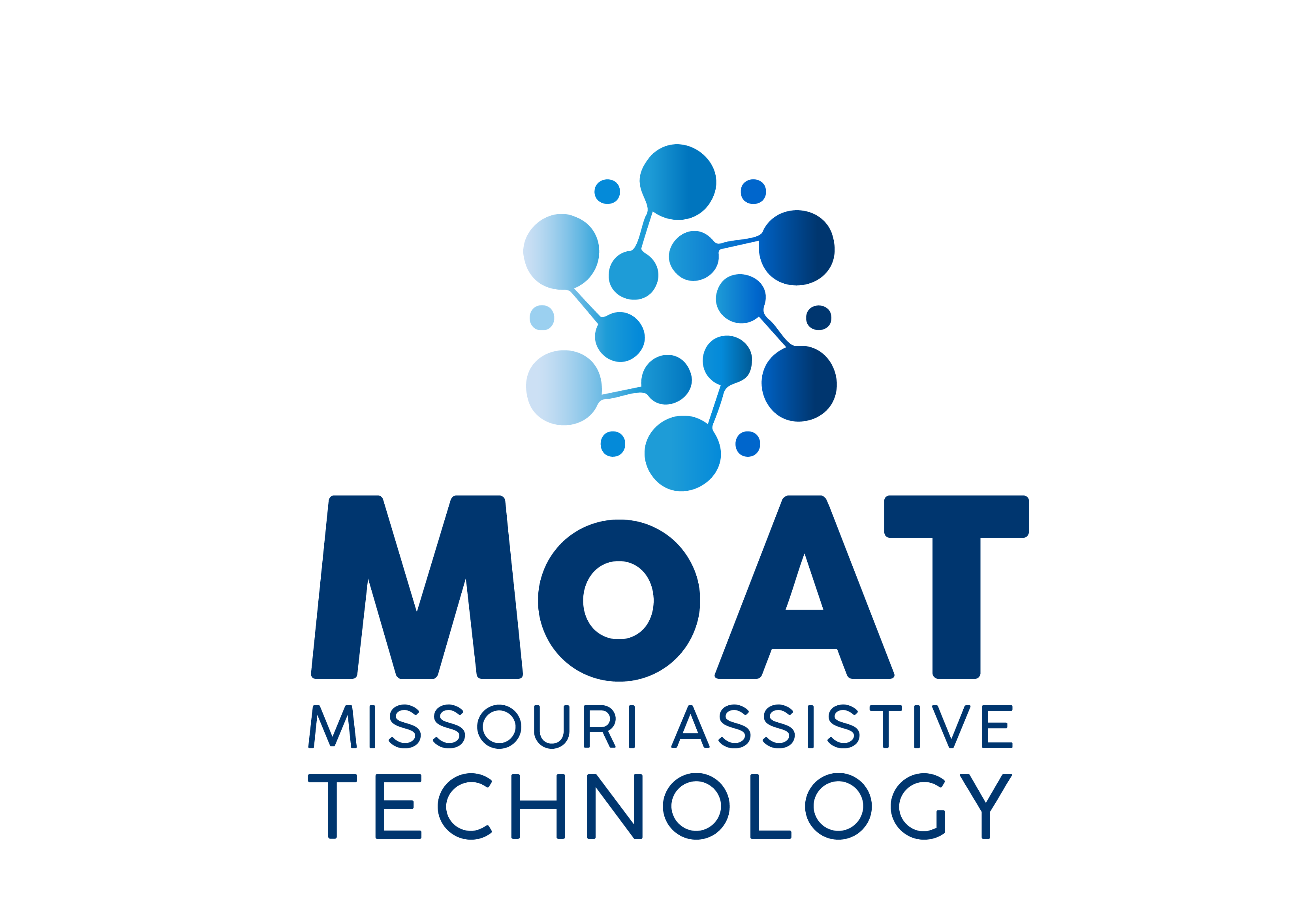When is it the responsibility of a school to provide computer equipment at school or at home to a student with a disability?
It should come as no surprise that the school’s responsibility depends on the individual characteristics and needs of the student. As with the provision of any type of assistive technology, decisions about computers must be made on a case-by-case basis. In the process of writing an Individualized Education Program (IEP), the IEP team must consider if and when assistive technology is necessary to meet educational goals and objectives. By asking some questions, the process can be made a bit more manageable.
Is computer equipment necessary for the student to receive a free appropriate public education (FAPE)?
In Board of Education v. Rowley, the U.S. Supreme Court said that the “appropriate” of FAPE is a basic floor of opportunity consisting of access to specialized instruction and related services designed to provide educational benefit to the child with a disability. Thus the question focuses on “appropriate” rather than “best.”
It may be useful to distinguish between computer equipment needed for communication (to access or produce oral or written communication) versus computer equipment to be used solely as an instructional medium (in the same way that books, flash cards, loop tape records, etc. are used). Even the latter differentiation can be muddied in cases such as the student with a learning disability who needs spell checking software to produce print well, but whom can certainly write (pencil and paper) without a computer.
Computers for Communication Access
In the case of students who need alternatives to access or produce written/oral communication, the IEP team must consider all options including computer based. For a blind student, options to access and produce print might include tape recording, brailling (hard copy), reader (human assistance) and a computer system utilizing scanning, screen-reading (voice output), braille output, etc. The IEP team should ask which option or options are appropriate for meeting the instructional objectives. If more than one option is appropriate, in which situations should an alternative be used? Minimally the IEP team should specify the alternative(s) to be used at school and home in light of the instructional objectives and expectations in each setting.
One caution, a school cannot lower expectations for a student at home or school due to the need for alternative access. It would not be acceptable to waive some homework assignments for students who need alternative access or production if the homework assignments are required of other students. When choosing between alternatives for access, the standard for “appropriate” might include the following questions:
If the computer based system is the option that allows for independence, LRE, and truly equal access, it may well be the (or one of the) alternatives needed to meet the “appropriate” standard.
Computers for Instruction
Most, if not all, students with and without disabilities could benefit from the use of computer-based instruction at school and home. Schools are not required by IDEA to provide access to educational benefits beyond what is provided to students without disabilities. For example, a school would probably not be required by IDEA to provide a computer with instructional software for the purpose of providing a means of home instruction to a student with a learning disability. Home enrichment of instruction that was provided at school via computer is not likely to be considered a part of FAPE. However, if a computer and software were the only alternative for the student to be able to complete practice drills that were also assigned as homework for other students, the equipment must be provided.
As with access options, the IEP team must consider all alternatives for instructional media from traditional curricular materials such as books, worksheets and flash cards, to more high-tech options that are computer based. The IEP team should ask which option or options are appropriate for meeting the instructional objectives and if more than one option is appropriate, in which situations should an alternative be used? The challenge is one of clarifying instructional objectives and expectations for both school and home so that a determination of appropriate media can be made.
In summary, computer systems must be viewed as one tool among many to be considered in meeting the access and instructional needs of students with disabilities; a tool that should always be considered as an option, should never be considered as the only option, and one that must be provided if necessary for FAPE.

